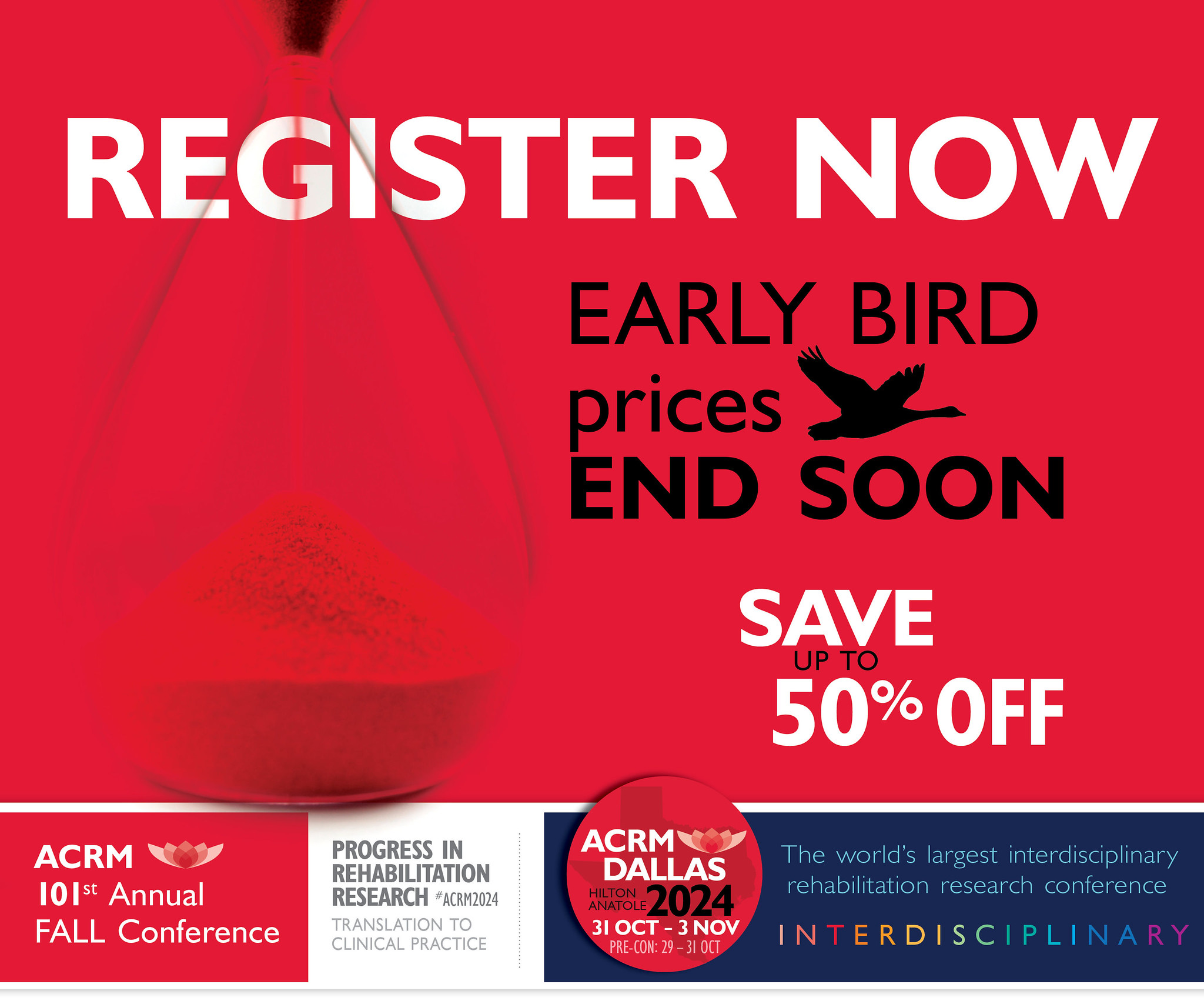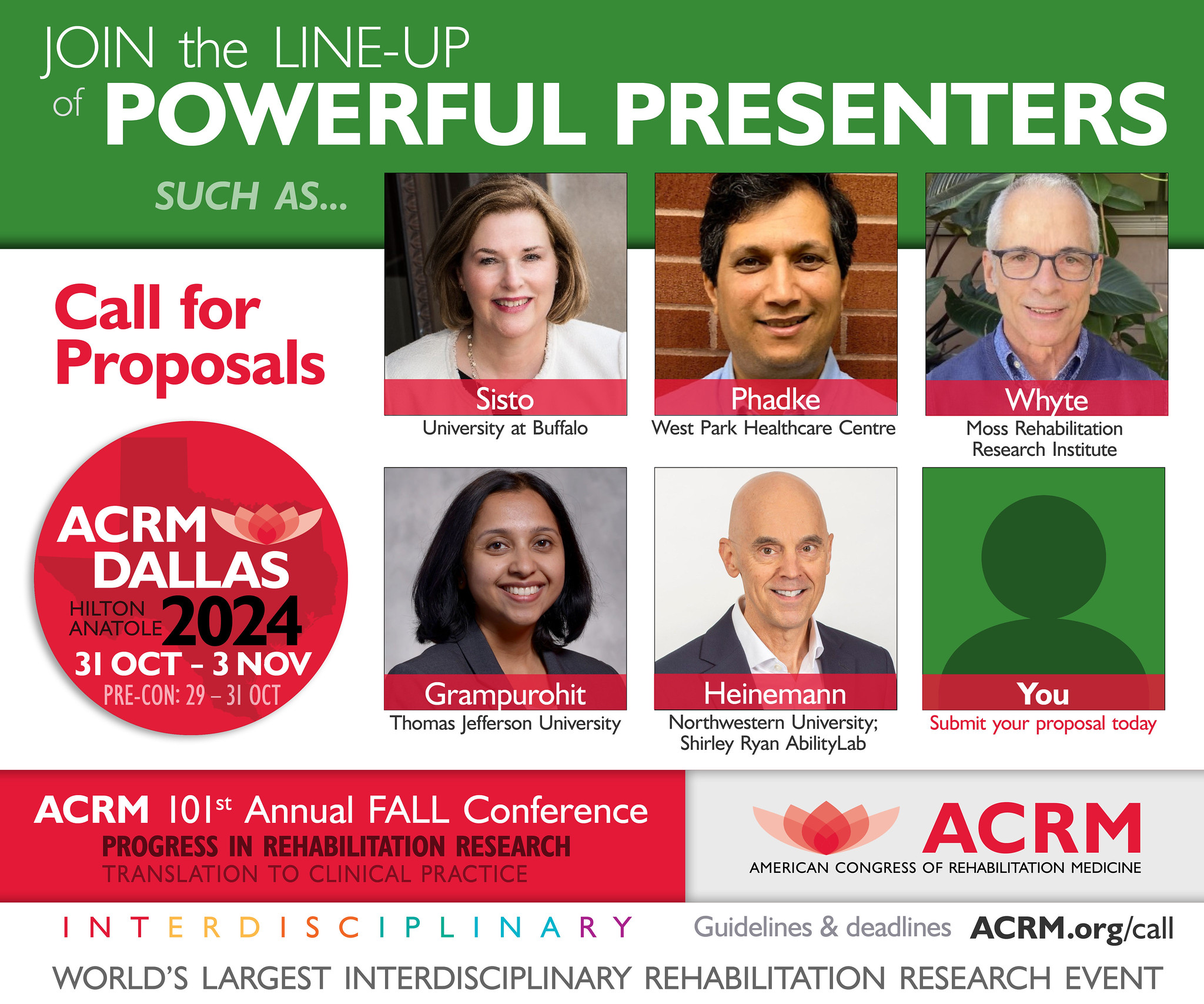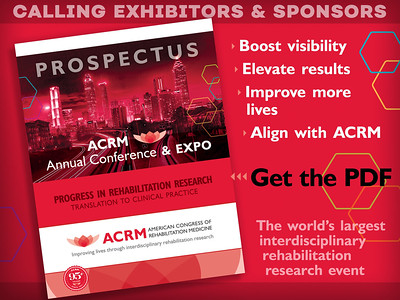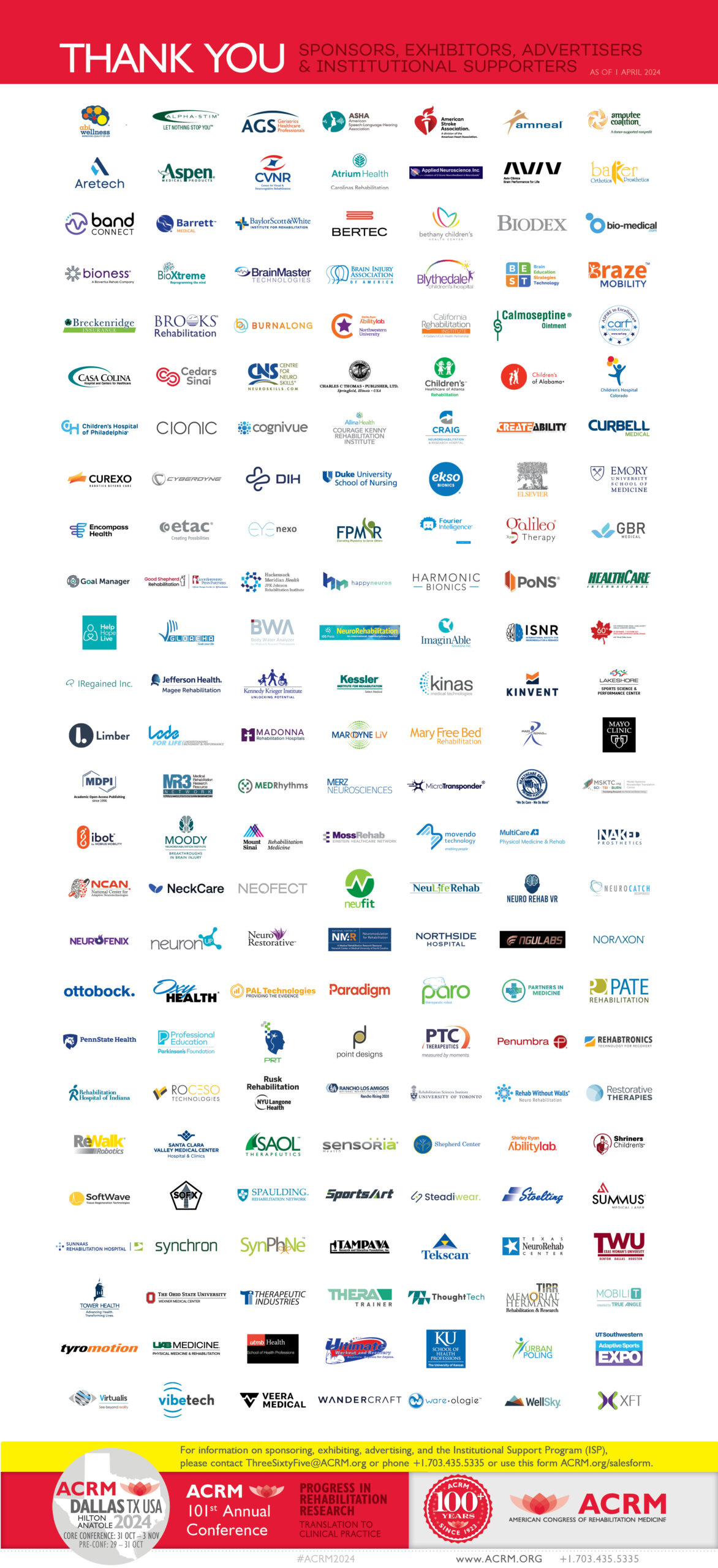Member Spotlight: Dr. Lynne Gauthier
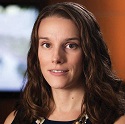 Please tell us about your professional background.
Please tell us about your professional background.
I majored in Neuroscience as an undergraduate student and fell in love with human subjects brain research while studying EEG and memory. After graduation, I knew that I wanted to do more applied clinical research, so I pursued my PhD in Medical Clinical Psychology. My PhD research in the lab of Ed Taub, however, remained neurorecovery focused, with an emphasis on motor function. I have continued to expand on this research as an independent investigator. As such, I’m a Licensed Clinical Psychologist that conducts research in the field of Physical Therapy, which helps me bring a unique perspective to both fields.
What inspired you to explore the applications of technology?
Physical therapy interventions are expensive and difficult to standardize, which are barriers to doing adequately-powered mechanistic research. Technology can:
- control intensity/dosing
- enable continuous data capture (i.e., measure dose response)
- substantially reduce the cost of treatment
The latter two benefits of technology are also what drove my work in telerehabilitation: the immediate impact that technology can have on our ability to provide accessible treatments to people with disabilities and measure the impact of these treatments.
What interested you in the ACRM Technology Networking Group?
I attended my first ACRM conference as a first-year faculty member. I already had big ideas about how technology could transform the rehabilitation research landscape and wanted to network with other likeminded people.
Please tell us about your involvement in technology fields or projects?
My lab created and commercialized a rehabilitation game to deliver Constraint-Induced Movement therapy in people’s homes and to track motor recovery through kinematic analysis. We have since expanded the technology into orthopedic applications.
In your professional roles, what is a challenge or limitation you have encountered with technology? How did you resolve it, or does the issue persist?
Internet access is not yet universal, which practically limits telerehabilitation options for some people. Commercially-available sensors are also constantly changing, which is a challenge for software applications like ours. We had to design flexible software to adapt to these changes. Reimbursement is a challenge to disseminating/commercializing technology.
What innovation or project are you most excited about in the upcoming year?
We’ve been able to get some great insights into dose-response from all the movement data that we’ve collected from our multi-site trial on rehab gaming.
What advice would you give to any healthcare professional who wants to be more involved in technology?
Start with the “what” and “why.” You want to have a strong rationale for using technology. That is, what can technology enable you to do that you can’t otherwise accomplish? If you are creating technology, you need to think of commercialization from Day 1.
Outside of professional activities, what hobbies do you enjoy?
I love to hike, paint, and dance. Mostly, I invest my free time in my kids, though.
What professional achievement are you most proud of over the past year?
This year has been largely survival mode, but I completed analysis of a multi-site trial on rehabilitation gaming and submitted it for publication.
What is one less than 15-minute action that a TNG member or a work colleague could support other members or colleagues?
Mentor a junior colleague and help promote the work of other networking group members.
Is there anything else you’d like to share with the technology networking group?
If you want to hear more about the work we’ve been doing, check out several presentations from the 2020 conference. I love to collaborate, so don’t hesitate to reach out.


